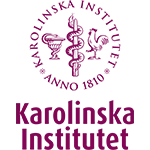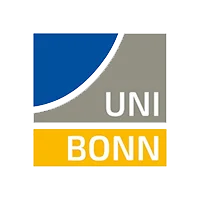Explore the credit course catalogue
6 Results

This course will elevate your AI proficiency, preparing you to actively engage in the digital evolution of healthcare. It offers a comprehensive perspective on the healthcare shift, steered by medical necessities, and bolstered by innovative artificial intelligence solutions.

Topics covered include:
- Basic fluorescence microscopy
- Fluorescence lifetime imaging (FLIM), 2P excitation
- Fluorescence resonance energy transfer (FRET)
- Stochastic optical reconstruction microscopy (d-STORM)
- 3D-Electron microscopy, focused-ion beam (FIB) milling and scanning EM, specimen preparation and embedding.

Neuroscience techniques are undergoing a rapid development. These developments open up new possibilities for investigating the brain as a network at various levels. We will introduce a range of advanced techniques which currently are being applied in neuroscience in particular to study brain networks. We aim at covering both the basics of the techniques and how they are applied to address specific research questions.

This course will focus on behavioural, psychological, neurobiological, and neuropsychological processes underlying the acquisition of new knowledge and its subsequent consolidation and retrieval in human animals. Where possible, attempts will be made to integrate these levels in a multidisciplinary framework. Additionally, the application of learning and memory paradigms in clinical and cognitive research will be discussed.

This course will provide students with a thorough background in the newly emergent field of social cognitive neuroscience. A broad range of social phenomena will be examined at multiple levels (1) the social level including experience and behaviors (2) the cognitive level which deals with information processing systems and (3) the neural level which deals with brain/neuronal bases of the first two levels.

This course will provide up-to-date insights into the neurobiological basis of language. The course will be given by internationally leading researchers in the field. Students will learn how state-of-the-art methods and approaches are currently being applied, and what are the next big questions for the field.


